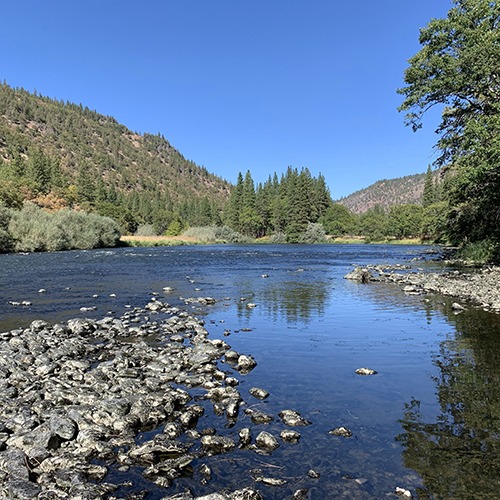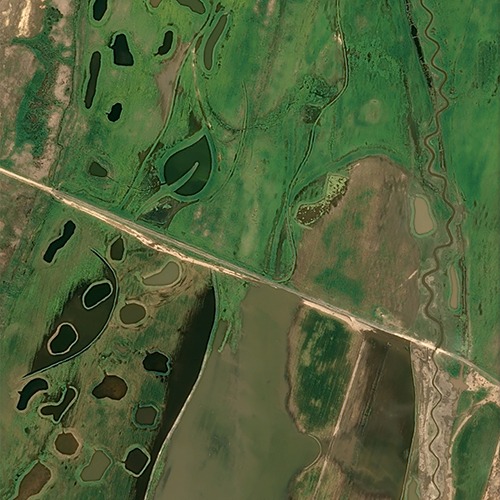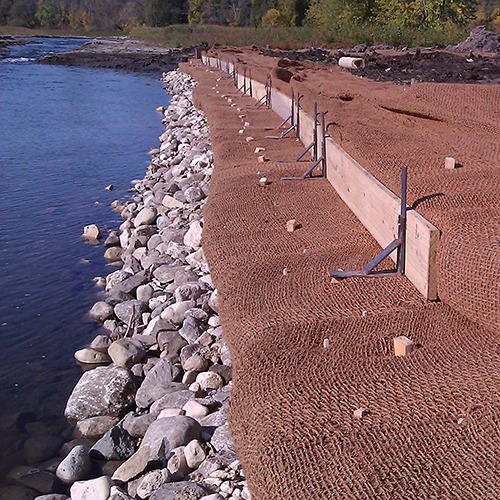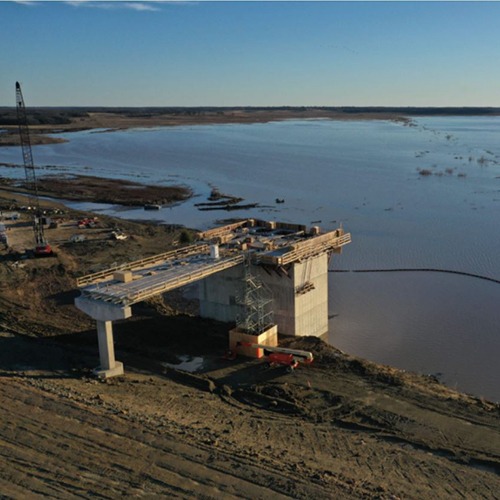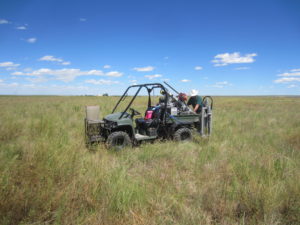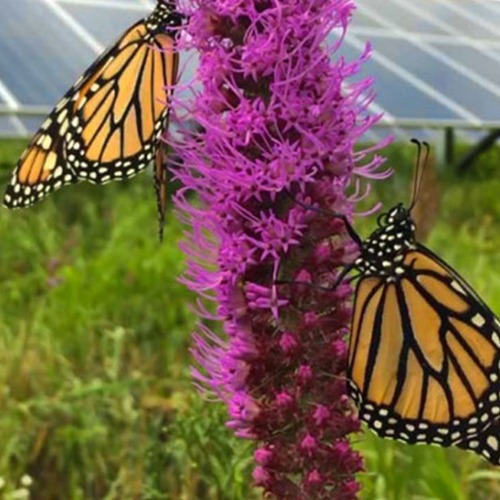
- People
- Working Here
-
-
A Career with an Impact
View Available Jobs »
-
Student Internship Opportunities
Learn More »
-
-
- Safety (EHS&S)
Creating a Culture of Safety
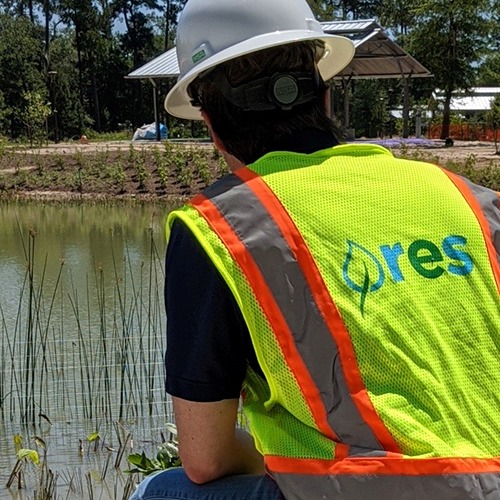
Our team is dedicated to empowering team members with safety leadership and promoting a safe, secure and environmentally- friendly work environment in all facets of our business.
- Landowners
Find Landowner Representative in my State
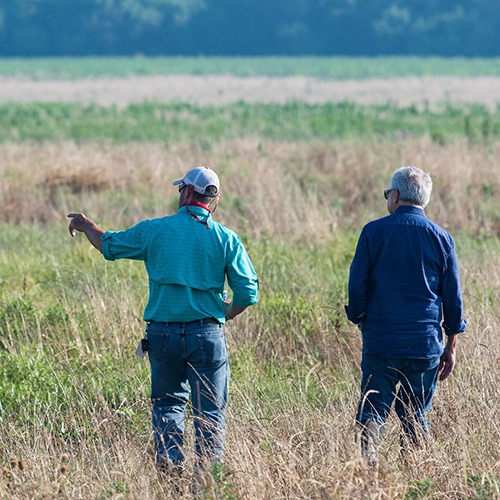 Explore making part of your land, a legacy of resiliency for future generations.
Explore making part of your land, a legacy of resiliency for future generations.
- Vendors
- Working Here
- Capabilities
- Our Solutions
- Our Approach
What is “Active Stewardship”?
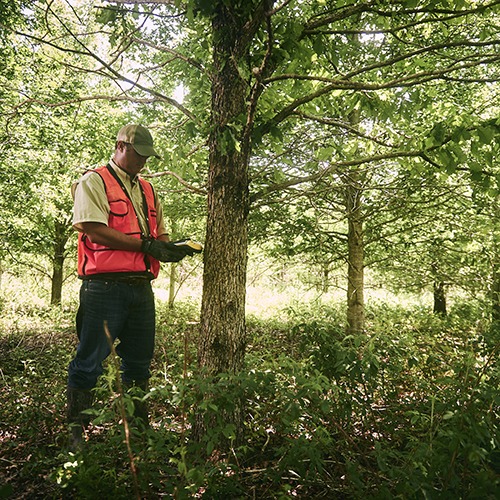 At RES, we don’t build sites and walk away. We design them to thrive, and stick around until they do.
At RES, we don’t build sites and walk away. We design them to thrive, and stick around until they do.
- Industries
- Videos
- Our Solutions
- Places
- Buy Credits
Buy Mitigation Credits
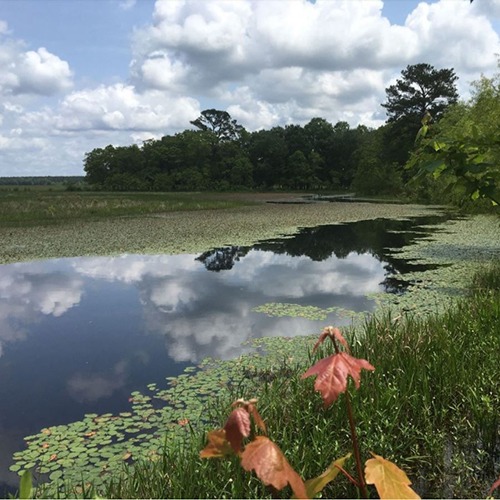 Impacts are sometimes unavoidable. For these situations, we offer ecological offsets in the form of mitigation credits.
Impacts are sometimes unavoidable. For these situations, we offer ecological offsets in the form of mitigation credits.
- Find Projects
Find Projects
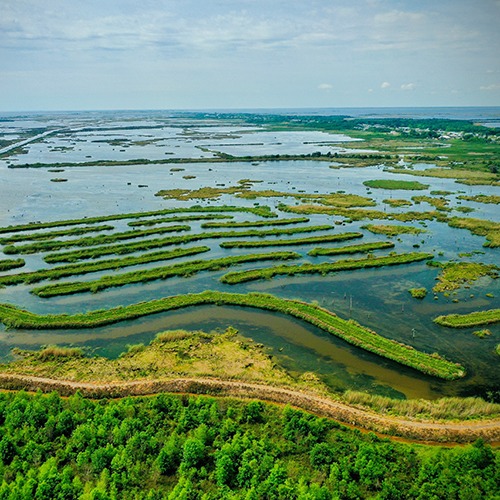 RES delivers resiliency, project by project. Understanding them is the best way to get to know us.
RES delivers resiliency, project by project. Understanding them is the best way to get to know us.
- Search States
Search by State
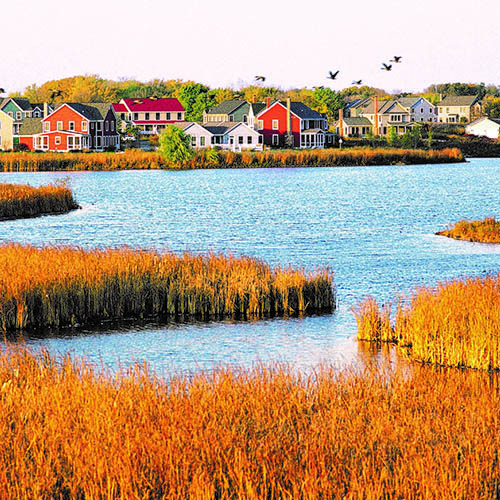 Keeping the ecological balance is an intensely local endeavor. See how we meet the challenge in your area.
Keeping the ecological balance is an intensely local endeavor. See how we meet the challenge in your area.
- Nurseries
-
- Buy Credits
- About Us
- Who We Are
- Leadership Team
Meet our Leadership Team
- Acquisitions
We are growing the RES family.
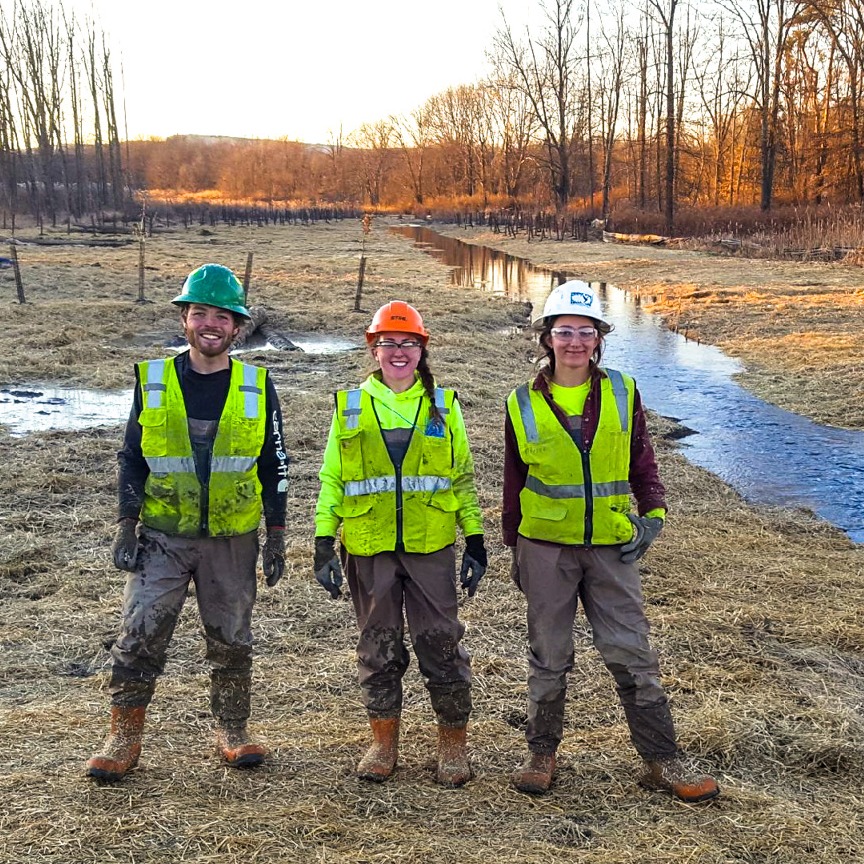 We strengthen our team by bringing on respected teams of experts with local knowledge and experience, who share our vision of a resilient earth.
We strengthen our team by bringing on respected teams of experts with local knowledge and experience, who share our vision of a resilient earth.
- News
- Who We Are
- Restoring at Scale
- Buy Credits
- Contact Us
Places > Caminada Headland Beach and Dune Restoration
Caminada Headland Beach and Dune Restoration
PROJECT SNAPSHOT
Project Type
Non-Bank ProjectLocation
Louisiana | Jefferson ParishSolution
Public Works & Coastal ResiliencyHabitat Types
- Marsh
- Wetland
2019 Award Winner – Best Restored Beaches from the American Shore and Beach Preservation Association (ASBPA)
The Caminada Headland Beach and Dune Restoration Project is part of a restoration and protection of beach and dune habitat through the direct placement of approximately 5.4 million cubic yards of sandy material from Ship Shoal (an offshore borrow source). The fill material was barged to a staging area near the mouth of West Belle Pass, then pumped via a pipeline for placement on the shoreline.
This project created and enhanced over 300 acres of beach and dune, reinforcing almost six miles of barrier headland habitat, while reducing the impacts of storm events on Port Fourchon and LA Highway 1, a vital hurricane evacuation route for Fourchon and Grand Isle. The restoration project also provided important habitat for nesting shorebirds as well as migratory birds. RES’ role on this project was to install native species on the recently formed project features. Our nursery sourced seed stock from the USDA NRCS Plant Materials Center and had state plant material certification with the Louisiana Department of Agriculture and Forestry.
Under the State’s direction, RES planted 75,970 four-inch containers of bitter panicum (Panicum amarum) and 30,338 one-gallon containers of sea oats (Uniola paniculate). Site conditions were loose sandy beach, where all mobilization was conducted via land-based routes.
Heat stress on plants was particularly a difficult obstacle for this project. Due to the heat, RES opted to perform multiple deliveries throughout the planting period bringing only enough plants that they could plant each day. Due to the adaptive planting techniques utilized by RES, this large-scale planting effort was very successful, and the mortality of the newly planted vegetation was drastically reduced.
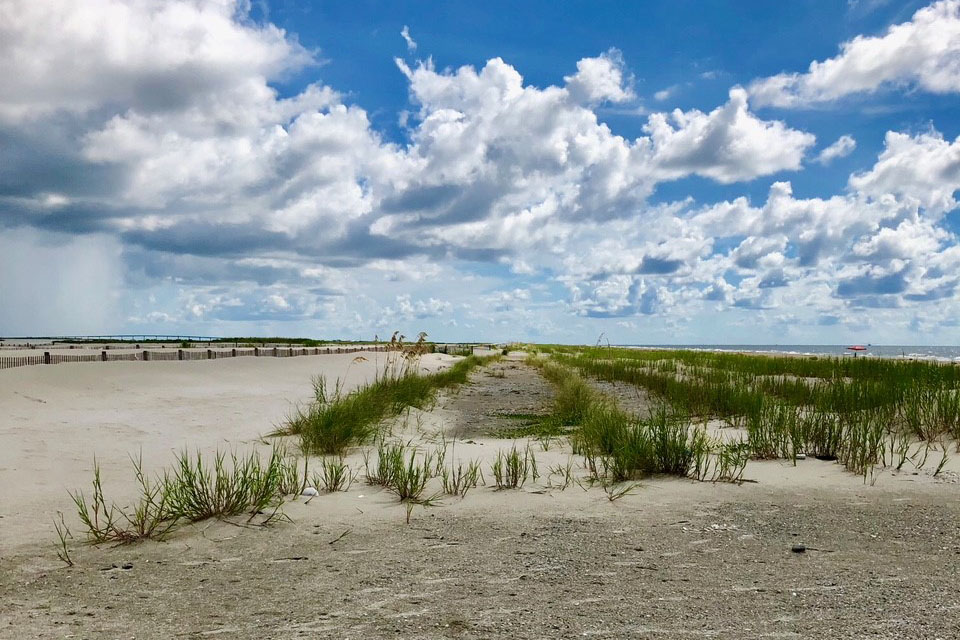
Caminada Headland Beach after restoration
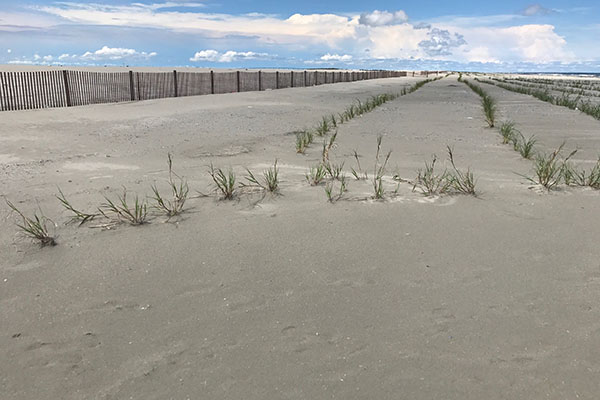
Caminada Headland Beach before restoration
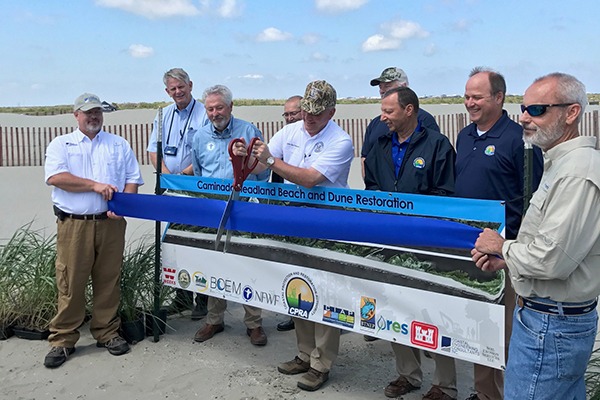
Louisiana's Gov. Edwards opens beach to public walking

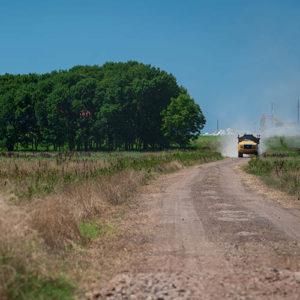
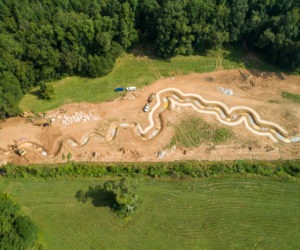
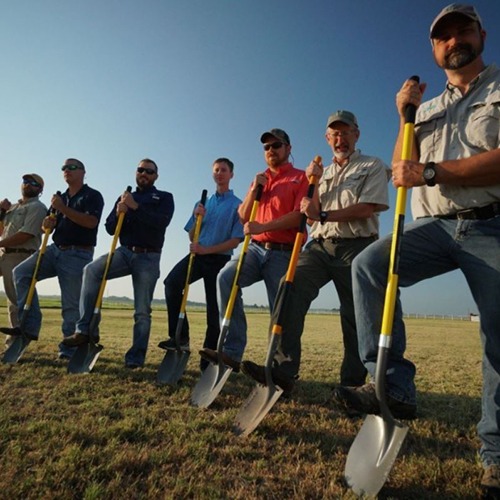 Read the latest news about RES, our projects and our people.
Read the latest news about RES, our projects and our people.
